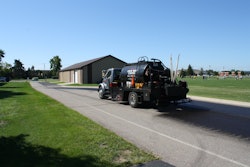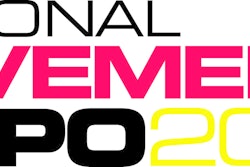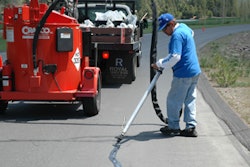Until January 2015 measles had largely gone the way of smallpox and polio in the United States—a triumph of this country’s childhood vaccination program. Now, the nightly news reports on clusters of measles outbreaks across the country. For this, you can thank the anti-vaccination movement, whose followers are called “anti-vaxxers.” Anti-vaxxers deny the validity of the uncontrovertible evidence that childhood vaccines are not only inarguably safe, but also are a critical component of protecting public health. Instead, many anti-vaxxers conduct and believe their own "research," which is not really research in the scientific sense, but rather consists of surfing the web and buying into the "sky is falling" alarmism so common everywhere on the open sewer known as the internet. When you read about where the anti-vaxxers live— affluent communities of the well-educated of all political leanings—it’s like, in the words of Yogi Berra, “déjà vu all over again.” Reading about where the anti-vaccination movement has taken hold, I've been struck that these seem like the same sorts of communities that PCTC often visits to discuss proposed community bans of refined tar-based pavement sealcoat. The Village of Winnetka, Illinois comes to mind because it is the most recent. Village Council members described *cough* "research" that consisted mostly of visiting web sites of other communities where a ban had passed. Winnetka is not alone, but it is demographically similar to some of the other communities where bans have passed, such as Montgomery County, Maryland, and Madison, Wisconsin. People who live in these communities tend to be better educated than most, so why does alarmism about vaccinations or non-organic foods or non-existent environmental problems gain traction and ultimately a foothold there?
In its fight against sealcoat bans, PCTC is continually confronted by the alarmist mentality. Local officials surf the web (frequently at the same time as *cough* listening to testimony) and find sites that say sealcoat is a problem or, more accurately that some of the constituents may, in unrelated applications, be hazardous—even carcinogenic. These web sites use frightening (and false) photographs of deformed or tumored fish and prey on emotions by insinuating that children could similarly be left deformed or tumored if exposed to the same constituents that purportedly befouled the poor fish. In the case of sealcoat, much of the alarmism seems to begin with the headline "Scientists say..." followed by the information that the scientists in question work for the United States government. These facts are readily combined into something that is NOT true, such as "the US government says..." Nevertheless, for some local officials, it is too high a hurdle to take the word of an industry group like PCTC that "the government" is mistaken about the science, especially when the local officials have conducted internet “research” of their own on alarmist web sites and read fear mongering news articles about the findings of government-employed scientists. Indeed, a Freedom of Information Act (FOIA) request filed with a municipality that banned RTS revealed that the research conducted before the ban was passed consisted of one staff member reading two newspaper articles about the government scientists' work and later consulting with one environmental activist. That’s how seemingly innocuous it is for the snowball to begin its roll.
PCTC has known for years that the US Geological Survey (USGS) scientists' findings in Austin, TX are not reproducible. Reproducibility is at the core of science — if a result cannot be reproduced, it cannot be validated and should not be used by any government as the basis of policy — at least not a policy which purports to be based on science. It is frustrating that the fundamental rule of reproducibility is often overlooked, seemingly replaced by the notion that science conducted within the government doesn't have to meet such high, yet basic standards of reliability. Insisting on sound, reproducible science is but one reason PCTC's efforts to get documents released through the FOIA is key. Documents released already reveal why some of the USGS’s claims cannot be reproduced — data was cherry-picked to make it appear sealcoat was identifiable in Austin sediments. The details can be found in this article. The identifiers of documents withheld or redacted by USGS leads to the suspicion, if not the conclusion, that something similar will be found in documents that the USGS has not released. Knowing the reasons why the USGS findings are not reproducible should go a long way to convincing the government to retract the USGS papers. Getting a clear, unobscured look behind the curtain is the only way to convince some people that government science concerning sealcoat is deeply flawed and has led to unsupportable conclusions. Like with measles, there is an easy treatment for this problem. Transparency is the vaccine.



















